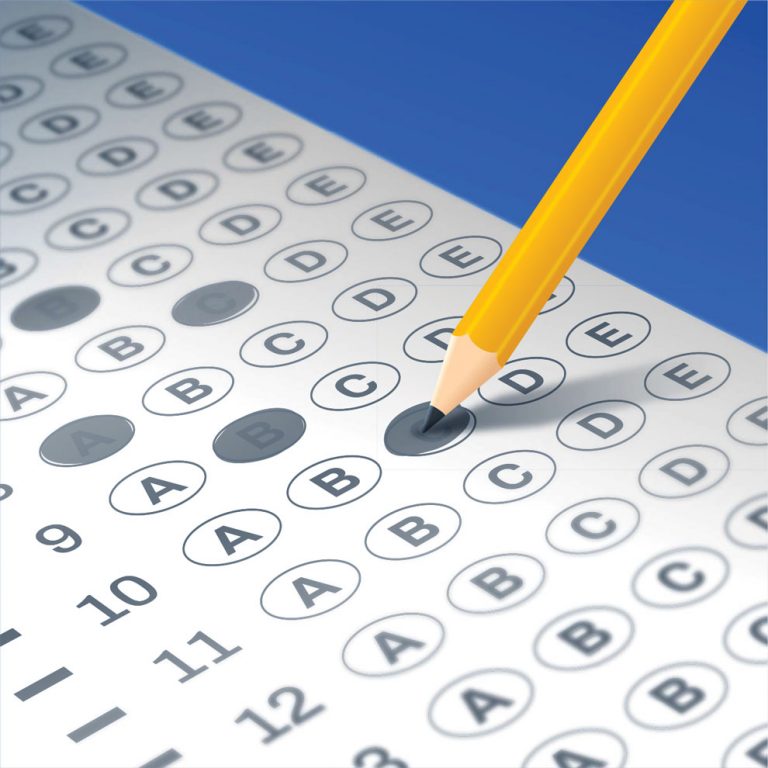
Professor Mannboltz (who previously appeared in the July/August 2019 Puzzle column) has been contracted by a testing service once again. This time the problem is an inequitable outcome for another standardized test T. Scores on T range continuously from 0 to a maximum of M, where M > 0. Ten percent of all test takers pass by scoring at or above the pass score P. Of all test takers, 80% belong to group G1 and the remaining 20% belong to G2. However, only 2% of those who pass T belong to G2. Mannboltz has been tasked to estimate separate pass scores, P1 for G1 and P2 for G2, which would still result in an overall pass rate of 10% for T but would also result in 20% of those who pass T belonging to G2. Due to various privacy laws, Mannboltz is given no other statistical information about the test — not even the numerical values of M and P. He must state his estimates for P1 and P2 as formulas including M and P as unknown inputs. What estimation formulas do you think he produces?
Know the answer? Send your solution to ar@casact.org.
Proof of Crypto Mining Work
This puzzle was to find a number (a “nonce”) that, when appended to “Casualty Actuarial Society,” results in a SHA-256 hash with at least 20 leading binary 0s (same as at least five leading 0s in hexadecimal representation), or equivalently smaller than 2236.
Jordan Bonner submitted the nonce 7180096807, which results in nine leading hex 0s and 37 leading binary 0s in the hash value of: 0000000004e11d3163164d3485ad2588f56eda9630c71405acf23f004c9060f9.
Mike Convey submitted the nonce 6517fb2e4, which results in nine leading hex 0s and 36 leading binary 0s in the hash value of: 000000000fe517e99bbed66b8ca53bea56d9b06e097d8292e1829af86e10f19e.
Shyam Bihari Agarwal, John Berglund, Eamonn Long, Stephen Mildenhall and William Volterman also submitted solutions.













